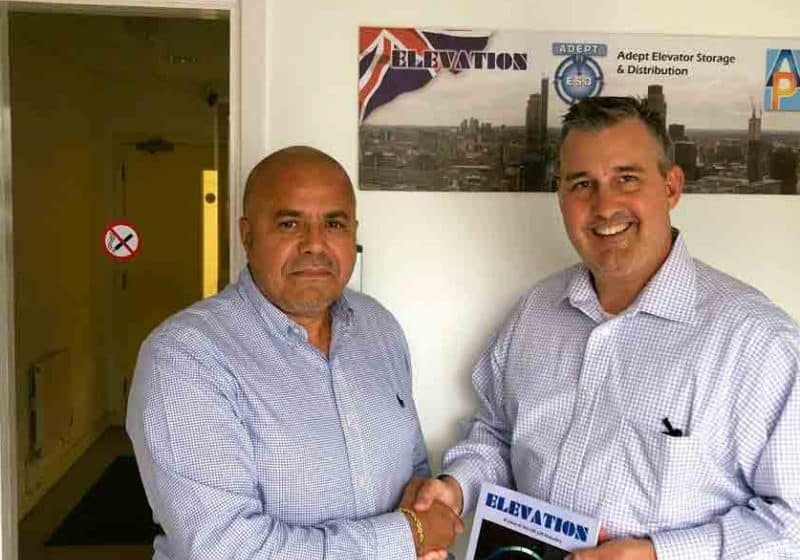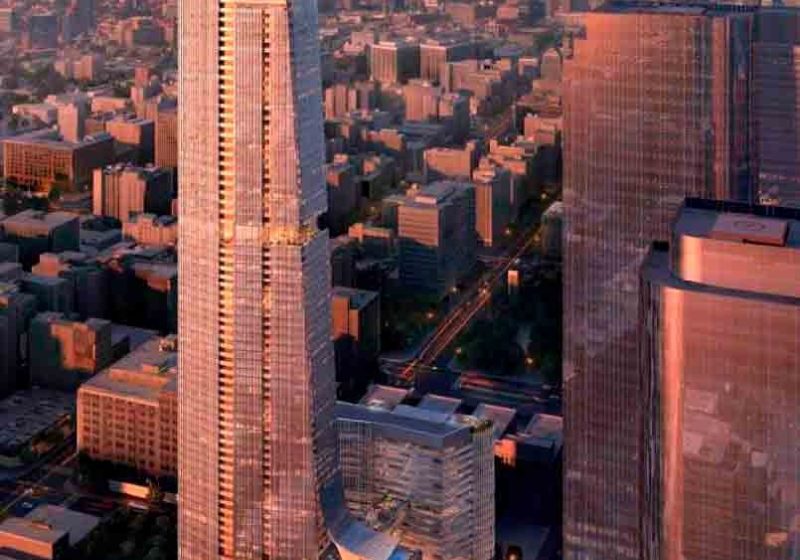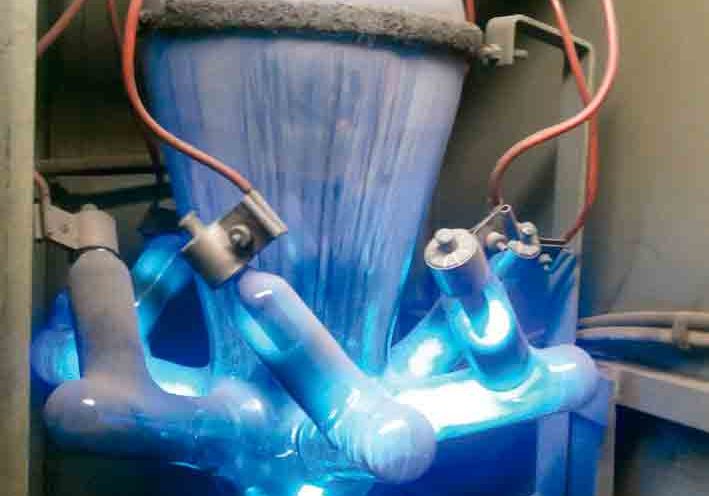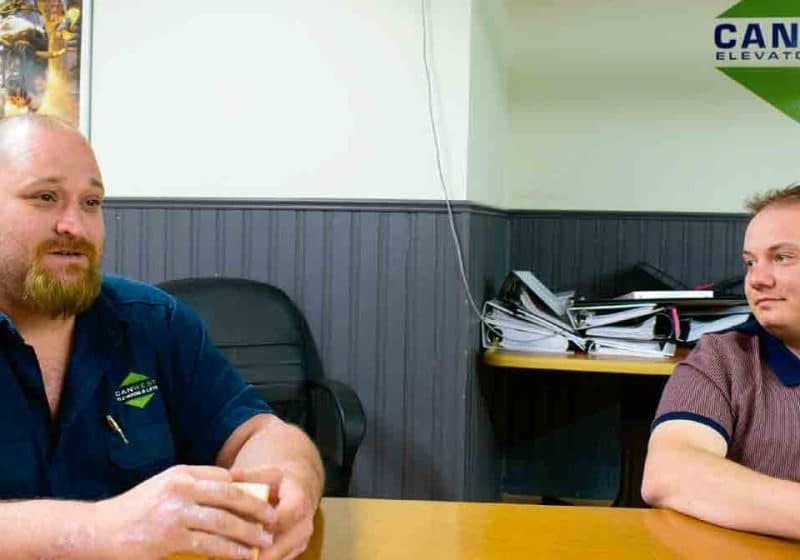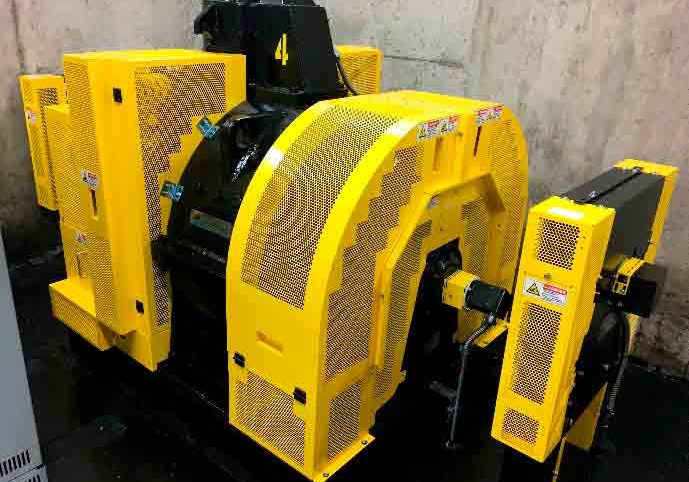Lift Symposium Meets in Hong Kong
Aug 1, 2018

8th Symposium on Lift & Escalator Technologies ventures outside the U.K. for paper presentations on varied topics and a field trip.
The 8th Symposium on Lift & Escalator Technologies took place on May 15-16 at the Renaissance Harbour View Hotel in Hong Kong, marking the first time the event occurred outside of its home of Northampton, U.K. As chairman of the Lift & Escalator Symposium Educational Trust, your author takes great pleasure to report that our first overseas event, following seven successful years in Northampton, proved to be a great success, as well, and we are absolutely delighted with the outcome.
There were 78 delegates from 11 countries, including the U.K., Hong Kong, Malaysia, Singapore, China, Vietnam, the U.S., the Netherlands, Finland, Japan and Australia. Dr. Stefan Kaczmarczyk and Dr. Richard Peters welcomed the international audience at the symposium’s opening gathering.
Your author had the privilege of chairing the first session on traffic and design. Dr. Rory Smith began with an insightful paper on a new concept arriving in our industry — robots. His paper looked at the effect robots will have on lift traffic and passenger safety, and delivered a very strong message — love them or loathe them, robots are coming! The second paper, presented by Janne Sorsa, considered traffic analysis in lift modernizations and gave insight into the effect of a building population change during redesign and the associated impact on the vertical-transportation systems. The final paper was presented by Peters and discussed lift planning for high-rise buildings. He reviewed different options for a theoretical 60-floor building, including conventional, double-deck, two independent cars in a single shaft and ropeless lifts.
The audience then retired to enjoy their first coffee break, and dynamic discussion took place among the delegates as they contemplated the second session.
The second session was chaired by Smith and included five papers focused on manufacturing and engineering. These were entitled “Experimental Investigation of Friction and Slip at the Traction Interface of Rope and Sheave,” “Intelligent Manufacturing Research Based on Sheet Metal Modularization of Elevators,” “Experiment Method of Tribology Performance of Braking Material for High Speed Elevators,” “The Dynamic Interactions in High-Rise Vertical Transportation Systems” and “Stress Analysis of Machine Supporting Systems for Large Tonnage Lifts.”
The audience then assembled for an official group photograph before heading to lunch.
The first afternoon session concentrated on safety, standards and education and was chaired by Phil Hofer. K.C. Gan opened with a paper on dual-rated-speed escalators and the safety aspects of switching speeds in a metro system. He was followed by a talk on the history of the lift safety gear presented by your author. The various questions this presentation prompted led nicely into the third paper by Kaczmarczyk and Smith about the postgraduate program available from the University of Northampton. During this talk, a case study of a safety-gear issue was discussed. The final paper of the session was presented by Graham Lui and looked at regulating lift and escalator safety in Hong Kong.
After coffee, the final session covered an area of lifts not ventured into in previous symposiums, despite being such an important and fascinating subject — lifts in mines. There were four papers dedicated to this section: “The Study of Hoisting System for Vertical Shaft Construction Without the Protection of Guided-Cable,” “Dynamic Behaviour of Traction System With Tension at the Pulley of Compensating Rope,” “Longitudinal Coupled Vibration of Parallel Hoisting System With Tension Balance Devices” and “Coupled Vibration of Rope-guided Hoisting System Under Multiple Constraint Boundaries.”
The second day of the symposium commenced with 60 delegates gathering at the Garden Road Peak Tram Lower Terminus before enjoying a ride on The Peak Tramway. The Peak Tram is a double-reversible funicular system that still runs on its original track. It has a maximum speed of 6 mps and uses a microprocessor-controlled electric motor to automatically manage tramcar speed, acceleration and braking. Our technical visit was coordinated by the Peak’s engineering team, and delegates were able to inspect the control and machine rooms. In addition, Mark Lomas gave an insightful presentation into both the history and future of this iconic system. Delegates then had the opportunity to visit the Sky Terrace, which, at 428 m above sea level, affords outstanding views of Hong Kong.
The final event was a workshop hosted by the Chartered Institution of Building Services Engineers (CIBSE) Lifts Group at the City University of Hong Kong, SCOPE Admiralty Learning Centre. The meeting provided an overview of CIBSE Guide D: Transportation Systems in Buildings, the internationally recognized reference on vertical transportation. More than 90 delegates attended the workshop, which included presentations by Guide D authors and reviewers Peters, Smith and your author. The topics covered included interior circulation, traffic analysis, components, law and standards, energy efficiency and escalators.
“It was fantastic to see such a good attendance and participants asking so many questions,” said Peters, summing up the symposium’s success. “It was also good to touch base with our CIBSE colleagues in Hong Kong.” In addition, your author has to add that his experience of the hotel as a conference center was superb. It provided everything you could want in a conference venue — from the good room to the superb food and the attentive staff, it was a great location.
We will continue to run the symposium event annually in the U.K. Planning is well underway, and there is already a full program of papers for the ninth symposium, which will be held on September 19-20 back at Highgate House in Northampton, U.K. To register or offer a paper for future events, visit www.liftsymposium.org.
Get more of Elevator World. Sign up for our free e-newsletter.


